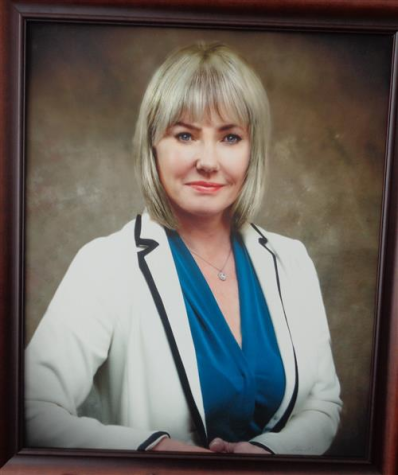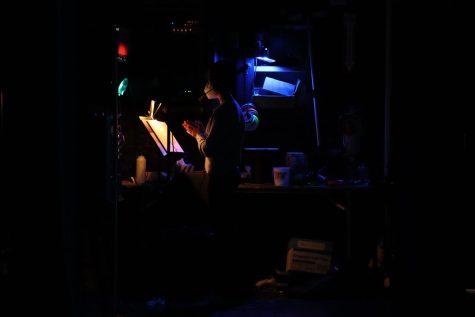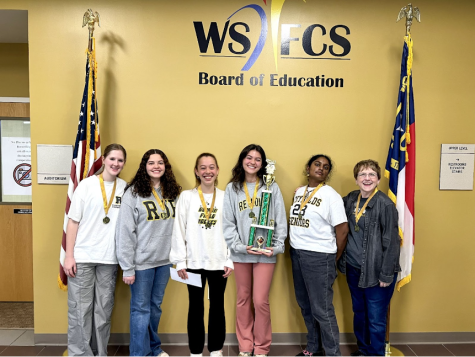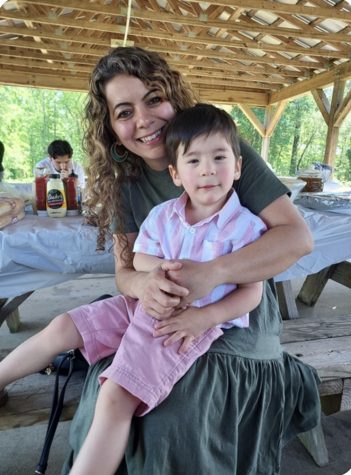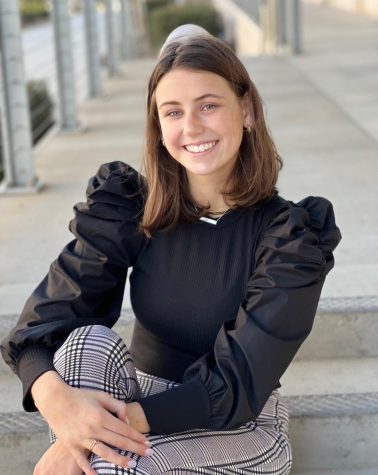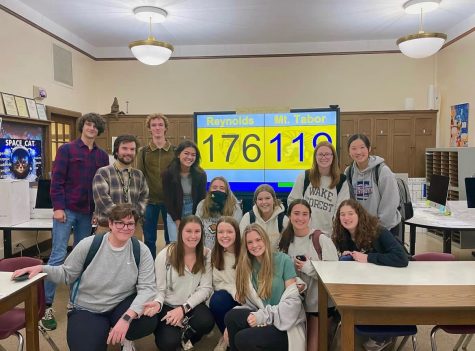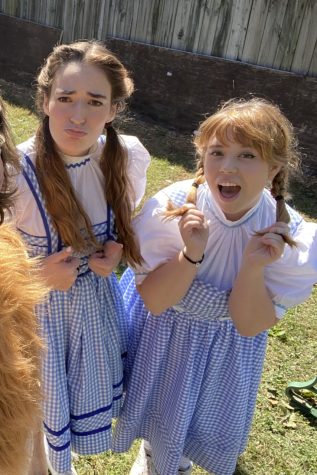Gwendolyn Bailey: The one among the many
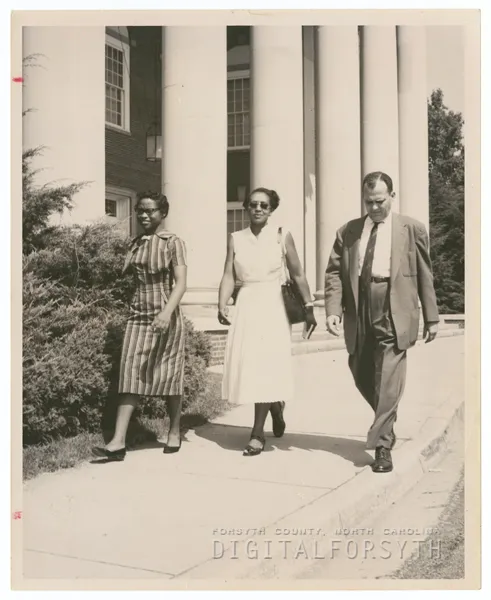
Photo provided by Digital Forsyth.
Gwendolyn Bailey walking into RJ Reynolds for the first day of school
March 17, 2023
Going back into Reynolds history to 1957, the students of RJ Reynolds return from a summer filled with beach trips, baseball, barbecues, and the anticipation of a regular school year. It had been three years since school segregation was deemed illegal due to the court case; Brown vs. Board of Education of Topeka and Principal Claude R. “Pop” Joyner made an unanticipated announcement to the school. The buzz of whispers drowned the hallways in a black and gold blur, spreading the news like wildfire; a single Black girl would be joining the Junior class in early September.
Not only will this student be the first African American student to graduate from Reynolds but also the second to do so in the entire state of North Carolina. At the age of sixteen, Gwendolyn Yvonne Bailey altered the course of Reynolds’ history for the better, simply by wanting an education.
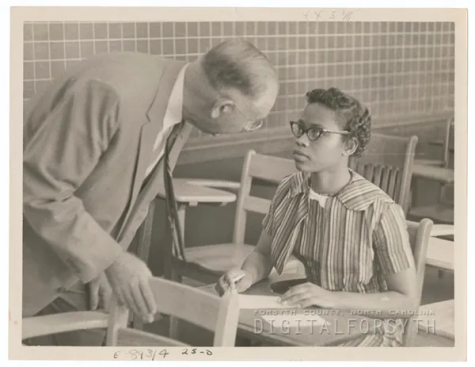
Before Bailey’s experience at Reynolds, she originally attended Atkins High, which, back in the 1950s, was an all-Black school for ninth and tenth graders. Bailey’s life began to change when a voluntary program for desegregation was adopted by the city of Winston-Salem, starting with Reynolds High School.
Bailey was one of the three Black students to apply, and the only one to attend. Bailey was at the forefront of change, but that didn’t mean she didn’t face any challenges on her way to equality.
Principal Joyner was an adamant figure in Bailey’s registration and acceptance into the school, and was supportive of her goals, letting all students at Reynolds know that she is welcome in the community.
Students were told to be nice to her but if they didn’t want to be, they should stay away and leave her alone. While most students understood and either left her alone or tried to be kind, Bailey’s entry into the Reynolds community was harsh. She was welcomed with racial slurs painted on the ground of the school entrance, letters, and threatening calls, all of which frequented her start at Reynolds.
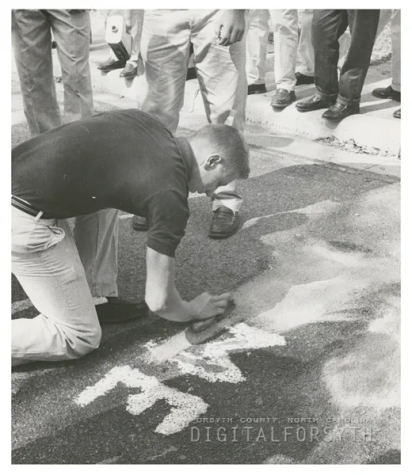
In her two years of attending Reynolds, Bailey was often noted for saying the phrase, “If only there had been another one.”
However, her lack of social status did nothing to hinder her academic success. She was on the honor roll for more than half of her time at Reynolds, played in the concert band and orchestra, and was a part of the Advanced Sewing Club. Bailey took advantage of what Reynolds had to offer, not letting her single notable difference change how she got her education.
Graduating from Reynolds in 1959, Bailey went on to Winston-Salem Teachers College, now known as Winston-Salem State University, where she intended to major in music, but earned her degree in education in 1963. From there, she studied for the ministry at Howard University School of Ministry in 1986 and now goes by the name of Gwendolyn Bailey Coleman.
As Reynolds first Black student, Bailey laid the groundwork for more Black students to come. Being the trailblazer of progress at Reynolds, her bravery to be the one among the many should not go unspoken. Thanks to Bailey, we are able to walk the Reynolds Halls and see the unique faces of our diverse student population every day.




